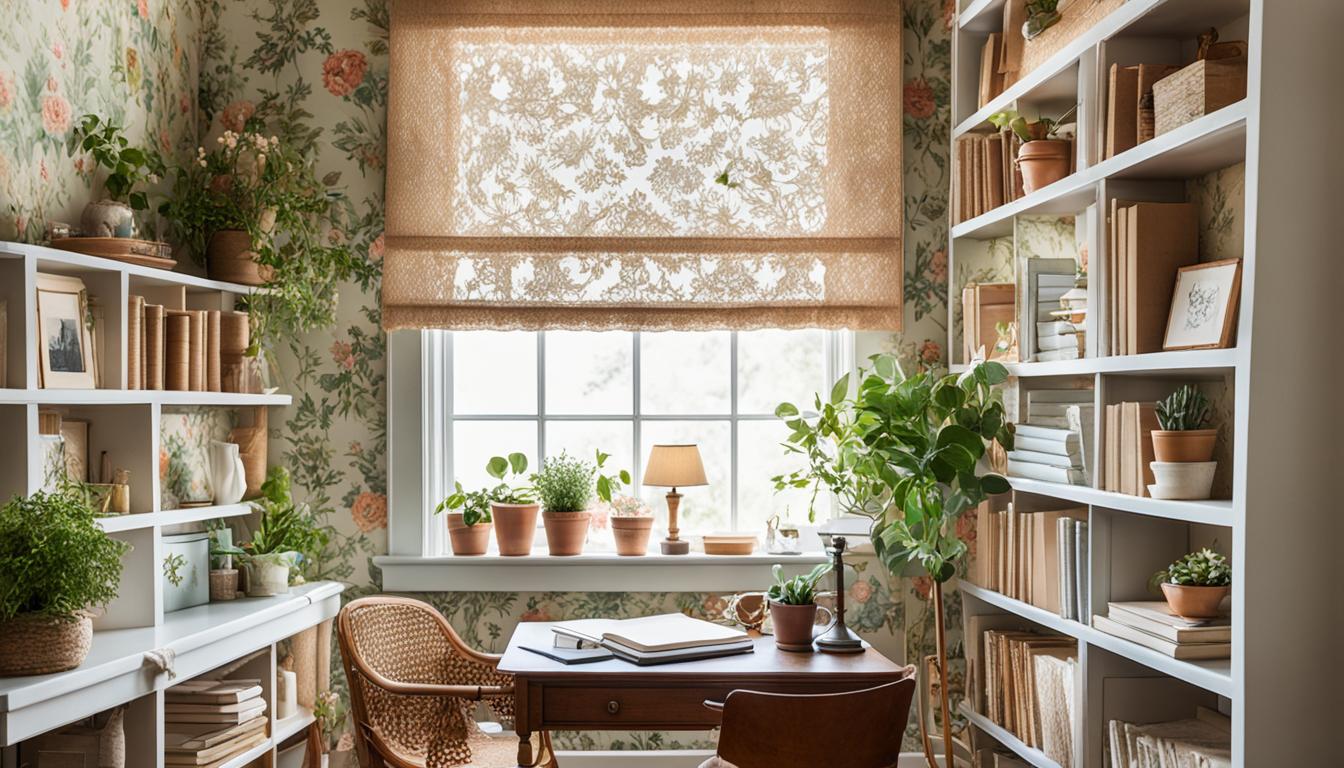Choosing intentional boredom is a luxurious act of self-care in our distraction-filled world. By slowing down and embracing stillness, you create space for mental clarity, creativity, and self-awareness. It’s about resetting your mind and reconnecting with your inner thoughts and passions. This deliberate pause reduces stress and nurtures well-being, making boredom a valuable resource rather than a waste of time. If you want to discover how to turn boredom into your greatest mental asset, learn more.
Key Takeaways
- Intentional boredom offers a mindful break from constant stimulation, fostering mental clarity and emotional well-being.
- Embracing boredom creates space for creativity, self-reflection, and discovering new passions.
- It acts as a mental reset, reducing stress and promoting deeper self-awareness.
- Choosing to slow down reclaims personal time, making leisure a luxurious act of self-care.
- Mindful boredom enhances overall well-being, balancing productivity with reflective, quality downtime.

Have you ever considered that boredom might actually be a productive choice? In a world that constantly pushes you toward distraction and nonstop activity, choosing to embrace boredom can feel counterintuitive. Yet, this intentional pause allows you to tap into a rare form of mindful leisure—an opportunity to slow down and truly be present. When you allow yourself to sit with boredom, you create space for creative solitude, where your mind can wander freely without external demands. This kind of mindful leisure isn’t about idleness; it’s about deliberately stepping back from the chaos to reconnect with your inner thoughts and feelings.
By embracing boredom as a form of self-care, you give your brain a chance to rest and reset. It might sound paradoxical, but in doing nothing, you’re actually fostering a fertile environment for innovation and insight. Instead of constantly seeking stimulation, you learn to enjoy the quiet moments, which are often the most revealing. This intentional boredom encourages you to listen to your own thoughts, rediscover forgotten passions, or simply enjoy the stillness. It’s a practice that cultivates mindfulness, helping you become more aware of your mental and emotional landscape. Over time, this mindful leisure can deepen your self-awareness and reduce stress, giving you a sense of luxury that’s rarely available in the hustle of everyday life.
Creative solitude, born from this mindful leisure, becomes a powerful tool for personal growth. When you carve out time for purposeful boredom, you create space for ideas to percolate and connections to form naturally. Without the constant noise of social media, emails, or busy schedules, your mind can explore new perspectives or hone existing skills. This solitude isn’t loneliness; it’s a sacred time for introspection and imagination. It’s when some of your most original thoughts and creative breakthroughs often occur—sometimes in the quiet moments you might have previously dismissed as boredom. Recognizing the importance of mental reset can help reinforce the value of these pauses.
In essence, choosing intentional boredom transforms it into a luxury—an act of reclaiming your time and mental space. It’s a deliberate act that allows you to slow down, engage in mindful leisure, and cultivate creative solitude. As you start to see boredom as a valuable resource rather than a problem to fix, you’ll find it becomes a essential part of your well-being. This quiet luxury, once dismissed as trivial, now becomes a powerful practice for living a more reflective, balanced, and inspired life.
Frequently Asked Questions
How Can Intentional Boredom Improve Mental Health?
You can improve your mental health through intentional boredom by giving yourself space for mindfulness meditation, which helps you stay present and reduce stress. During these quiet moments, you build emotional resilience, learning to manage discomfort and uncertainty better. Embracing boredom allows you to disconnect from constant stimulation, fostering clarity and self-awareness. Over time, this practice strengthens your mental well-being, making you more adaptable and centered in everyday life.
What Activities Are Best for Practicing Intentional Boredom?
To practice intentional boredom, try activities like mindful meditation and passive observation. These activities encourage you to slow down and be present, allowing your mind to wander without distraction. You might sit quietly, focus on your breath, or observe your surroundings without judgment. Such practices help you embrace boredom intentionally, fostering mental clarity, reducing stress, and promoting a deeper connection with yourself.
How Does Intentional Boredom Differ From Leisure?
Imagine boredom as a quiet garden, waiting to be cultivated. Unlike leisure, which is often filled with distractions, intentional boredom invites mindfulness practice and a digital detox, helping you slow down and reflect. It’s a deliberate space where you disconnect from screens and noise, allowing your mind to wander freely. This form of boredom isn’t empty; it’s a rich soil for creativity, self-awareness, and genuine relaxation.
Can Intentional Boredom Boost Creativity and Problem-Solving Skills?
Yes, intentional boredom can boost your creativity and problem-solving skills. When you embrace moments of boredom, you give your mind space for mindfulness meditation and creative visualization, which foster new ideas. By intentionally slowing down and resisting distractions, you allow your brain to connect disparate thoughts, sparking innovation. This practice helps you develop a deeper focus, making it easier to generate insights and solutions in both personal and professional contexts.
Is Intentional Boredom Suitable for Children and Teenagers?
Think of intentional boredom as a garden needing mindful play and a digital detox. For children and teenagers, it’s suitable because it nurtures creativity and resilience. I saw a friend’s kid embrace boredom, inventing stories during a digital detox. It’s a essential space for growth, helping young minds develop problem-solving skills and emotional intelligence. When guided properly, intentional boredom becomes a healthy, enriching part of their development.
Conclusion
Embracing intentional boredom is like planting a seed in your mind’s garden—you give yourself space to grow, reflect, and reconnect. Instead of rushing to fill every moment, you allow stillness to nurture creativity and clarity. It’s a luxury because, in a world that constantly demands your attention, choosing boredom is choosing yourself. So, next time you feel restless, lean into it—like the calm after a storm, it’s where your best ideas can quietly blossom.









